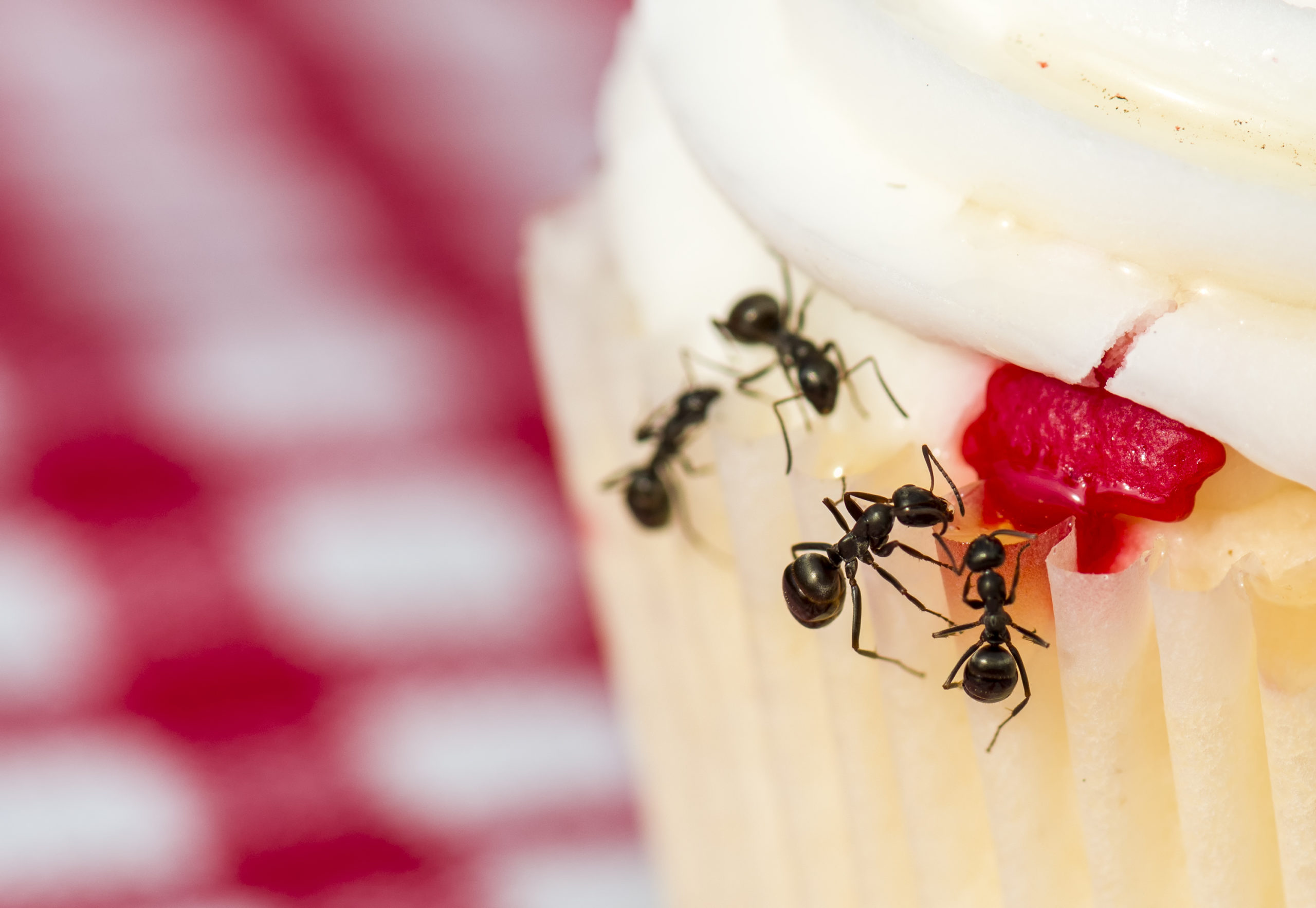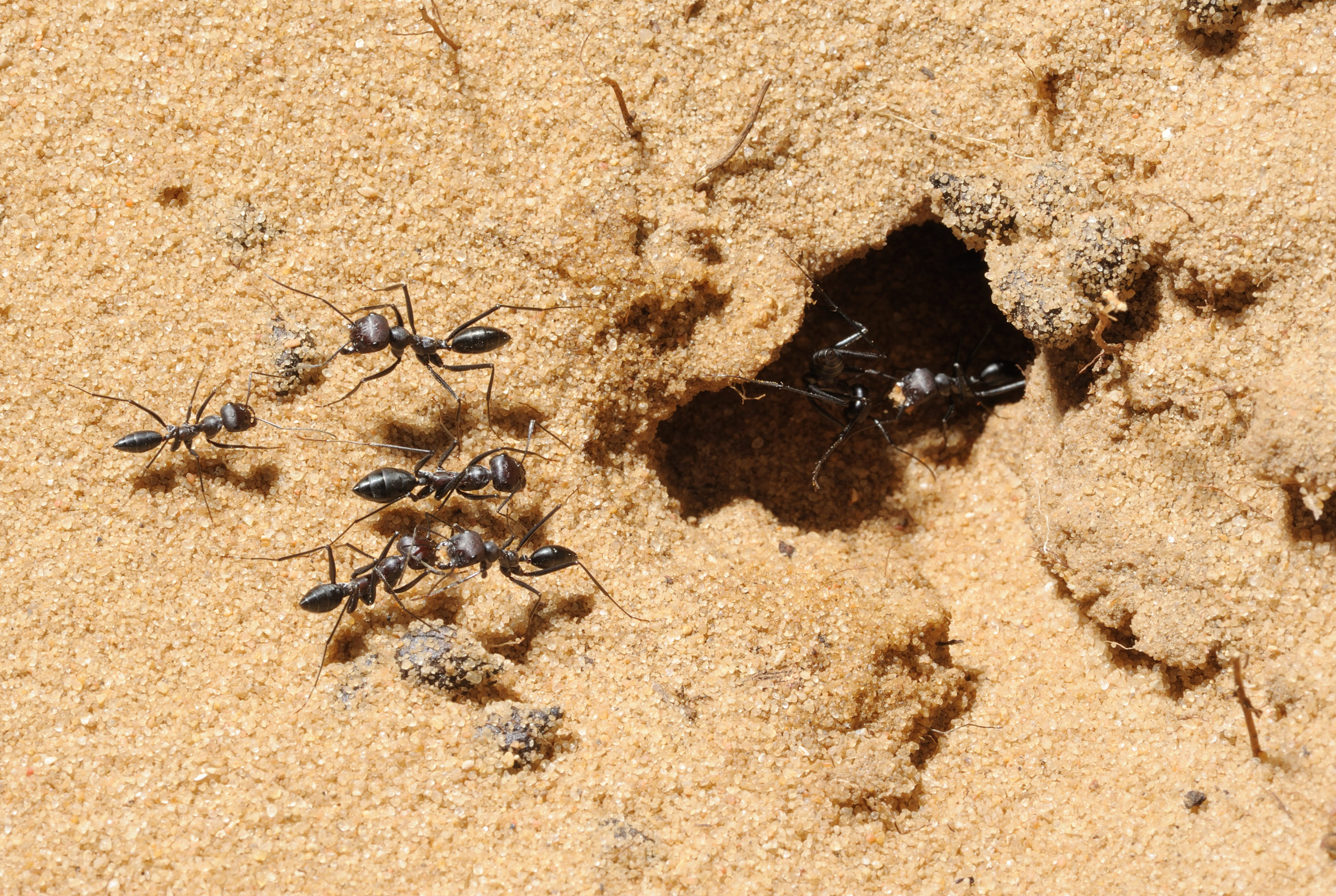Why Was the Ant Farm So Popular?
Why Was the Ant Farm So Popular?
Fads come and go, and many of today’s popular toys and gadgets will be tomorrow’s dust collectors. But certain anomalies have an impressive staying power in different generations of children who all enjoy the same toy because of its timeless entertainment value. One such toy is the ant farm, a clear container filled with sand for the specialized ants to tunnel through and show the owners how hardworking they are. Since this unique toy has been around for multiple decades, it is worth wondering why this invention is so popular to this day. Let’s find out!
The Man, the Myth, the Legend: Milton Levine

In order to discuss the relevance and legacy of the ant farm, we should first look into the backstory of its creation. The inventor, Milton Levine, was a decade-long toy entrepreneur when he got the idea to create a marketable ant farm. He was at a picnic in 1956, watching the diligent ants work hard. He remembered the enjoyment of collecting ants in jars poked with air holes as a child, and wanted to make an atrium that allowed people to watch the lives of ants in their own home. Levine collaborated with another entrepreneur, his brother-in-law EJ Cossman, to create a plastic atrium filled with sand and a delightful farm scene on the top. These were originally sold for about $1.98 (imagine!), and took off right after the launch.
From the beginning, Levine sold his ant farms only through mail order. This is mainly because he had to get permission from each of the fifty states and Canada to ship ants in the mail. Hawaii did not have the option of purchasing an ant farm since they did not want the possibility of random ants running loose in their state. The way it worked was, the customer would purchase the atrium through mail order and have that ready to go. Then they would wait for the ants to arrive in a special tube in the mail and get to put them in their new home immediately. Ants could not be sold on store shelves because of one simple reason: they wouldn’t survive!
There are estimated to be over 20 million ant farms sold during Levine’s lifetime. Despite his excitement for his product, he is quoted as being surprised by the overwhelming success of the ant farm. The company owned by Levine and Cossman became known as Uncle Milton’s, which is still around today. The humorous reason for this inviting name is because, in different instances, Levine was often told that he must be the uncle with all of these ants around (get it?). The company expanded its output to include atriums with different kinds of habitats, as well as offerings of planetariums and other educational toys. Levine eventually retired and left Uncle Milton’s to his son, and Levine sadly passed away in early 2011. His innovation and excitement for the natural world will forever be encapsulated in his wondrous ant farms.
An Ant’s Life for Me

On paper, the ant farm may sound like a strange idea. A box of sand filled with ants? That doesn’t sound very appealing for anyone. Actually, the ant farm is a fun time for both the ants and the fascinated customer. The ants get to work and dig to their hearts’ content, which is their version of paradise due to their insatiable need to work and help their colony. And the person who purchased the ant farm gets hours of entertainment out of watching the ants dig around and make a new life for themselves. One interesting fact to note about ant farms is that there is not a queen in sight. This is because the queen ant of any ant species is the sole reproducer of the colony. She can reproduce many times in her life, which is why states understandably don’t want them shipped around in the event that her offspring escapes.
Ant farms are also very easy to maintain, which is part of the appeal. The atrium should be moved as little as possible in order to keep the ants happy, so you don’t have to worry about moving it constantly. Ants also need very little to survive. Just a few drops of water and a tiny piece of bread is enough to sustain them for a while. Some of the fancy new atriums come with nutritious gel that feeds the ants so you don’t have to think about it. The ants will live about one to three months in the ant farm, but you can purchase more at any time if you are willing to wait for them in the mail again. It is also up to the owner to remove any dead ants from the farm. Some ants will bury their dead, while others will just make a pile in the corner. If the dead ants are left in the atrium for too long, they risk spreading disease to the living ants, so it’s advisable to remove them early on. Apparently, refrigerating the ants causes them to have slower reactions for a while, and will therefore protect you from any ant bites when you remove the deceased ants. Even with all of this in mind, ant farms are much lower maintenance than most other household pets.
There have been a couple of changes to Uncle Milton’s ant farms over the years, but they have been done for the good of the ants. The original ant farms used normal sand, but the improved atriums used white ash instead. This is because the ants were the same color as the sand, so you couldn’t see them! The ash is soft enough to be a more pleasant experience for them as well, so it’s a win-win. Another improvement was replacing the glue in the atrium. The original glue was actually toxic to the ants, so Levine swapped it for a non-toxic glue in order to give the ants the best chance of survival in their habitat. Even if you have never owned an ant farm, it is pretty fun to watch these hardworking pests ferociously dig their tunnels and caves day after day.
Marketing Mavens

One of the largest attributes of the ant farm’s success is the marketing campaign throughout the years. Levine was not only an innovator in tune with the interests of the average consumer, he was also a pro at marketing in the right ways. One of the earlier advertisements was featured in Time magazine, which has been one of the leading magazines since its start almost a century ago. He also made multiple appearances on television programs and variety shows to advertise his famous product. The Dick Clark Show, Merv Griffin Show, and Shari Lewis Show were the most prevalent for the business.
Another major factor for the marketing side of the ant farm is its educational value in comparison with other toys on the market. The ant farm is perfect for a classroom, since the atrium requires little maintenance and students of all ages can learn a lot just by watching the ants. Many schools began to introduce the ant farm to their classrooms in the mid-twentieth century. Uncle Milton’s had not only successfully marketed to homes across North America, they also proved to be a valuable asset in schools as well.
Anyone who took even one marketing class in college can tell you that the language used in advertisements and commercials matters way more than we may think. Imagery and visual aids are essential and extremely effective, clearly, but the words used around the pictures and videos are equally important. The ant farm was usually depicted with smiling children gathered around it, which showed the hope that it will engage children for hours. But it’s the words around the pictures that we’re talking about. One of the largest claims on the ads was about how educational this product was. This was part of the move to appeal to skeptical parents who didn’t want just another brainless toy in their house. The claim that the ant farm could educate your children about the natural world without losing their interest is definitely alluring to the typical parent. Even the advertisements about the atrium itself were focused on making the parents feel more comfortable about the purchase. Bold claims like “break-resistant” and “escape-proof” were likely some of the most convincing parts of the advertisement for adults. The first thought when you see an ant farm may be about the reliability of the plastic container, which is why Levine and his team knew that assuring parents of the atrium’s security was one of the best ways to advertise this unique product.
A Lasting Success

So in addition to the marketing, how in the world has the ant farm withstood the test of time and managed to become one of the most recognizable entertainment products over the last several decades? There are a few reasons, all of which are subjective and could be argued to be more important than other reasons.
One general reason is what we alluded to earlier: it’s an educational purchase. It’s a visual and kinesthetic learning experience for people of all ages, and teaches children the life of an ant and insects in general in a fun way. Many children need a real demonstration to be fully engaged in the lesson at hand. Think about the classroom environment; most students would say that watching or participating in an activity in real life is much more entertaining than reading textbook paragraphs aloud. It can also help the facts and lessons stick in your memory longer since it is something you personally witness. As an added bonus, it gave children something to watch and occupy their time instead of the television set, which also likely made parents very happy.
Another reason why ant farms were so successful is because it gave children something to look forward to and remain curious about. The act of constantly checking the mailbox for their special ants easily makes anyone more excited for the experience. It’s the buildup of anticipation at its best. Ant farms were a great Christmas gift, but they were popular year-round because it gave children a goal and “fun mail” to open. Kids are very inquisitive by nature, as they are still beginning to learn about the big world they live in. An ant farm only encourages that curiosity to grow and take root as a fundamental attribute of the child while they watch the hardworking ants constantly dig and craft for their colony.
Speaking of the colony, Milton Levine himself found the value in watching an ant colony work in a contained environment. He was inspired by their work ethic and drive to work for the good of the whole colony rather than their own intrinsic desires (if ants even have any). These are great lessons for people of all ages to learn, and should be remembered long after the ant farm is gone. It’s a tangible way to teach children some of the most important lessons of being a good person, and this may be one of the largest reasons why the humble ant farm has stood the test of time as a valuable investment. Plus, if all else fails, it’s an interesting prank gift for someone who has a history of dealing with ants in a less than ideal way.
Don’t Let Your Home Become an Ant Farm
Ant farms are a revolutionary toy. They are educational yet simple, a marvel of the natural world yet an example of mass produced entertainment in our culture. But one thing is for sure: no matter what your feelings are on the ant farm, there is nothing good about having any kind of ant invasion in your home! Our experienced technicians are equipped to handle any level of ant infestation with our EPA-approved products. Contact us to find out how you can keep your home or business from becoming the interactive life-size ant farm that Mr. Levine would have only dreamed of.
Citations
Ant farm. (n.d.). Nostalgia Central. Retrieved May 26, 2022, from https://nostalgiacentral.com/pop-culture/fads/ant-farm/
Ants FAQ. (n.d.). Uncle Milton. Retrieved May 26, 2022, from https://www.unclemilton.com/support/faq/ants/
Dalrymple, L. (2011, January 27). Ant farm: The big chill and tunnels of love. NPR. Available at https://www.npr.org/2011/01/27/133274547/ant-farm-the-big-chill-and-tunnels-of-love (Accessed on May 26, 2022).
Lukas, P. (2002, November 1). King of the hill: How Milton Levine transcended toy fads with his ant farms. CNN Money. Available at https://money.cnn.com/magazines/fsb/fsb_archive/2002/11/01/331972/index.htm (Accessed on May 26, 2022).
Nelson, V.J. (2011, January 27). ‘Uncle Milton’ sold millions of ant farms. Washington Post. Available at https://www.washingtonpost.com/local/uncle-milton-sold-millions-of-ant-farms/2011/01/26/ABHF0TJ_story.html (Accessed on May 26, 2022).
Why Do We See So Many Pests in the Fall?
Why Do We See So Many Pests in the Fall? Why Do We See So Many Pests in the Fall? Summary: Fall’s cooler [...]
Why German Cockroaches are Such Problem Pests (And How to Get Rid of Them)
Why German Cockroaches are Such Problem Pests (And How to Get Rid of Them) Why German Cockroaches are Such Problem Pests (And How to Get [...]
Summer is Ending, But Pests are Still Going Strong
Summer is Ending, But Pests are Still Going Strong Summer is Ending, But Pests are Still Going Strong Summary: Summer is coming to [...]
10 Tips for Going Back to School Pest-Free
10 Tips for Going Back to School Pest-Free 10 Tips for Going Back to School Pest-Free Summary: The school year is a busy [...]
What is Bug Spray, Really?
What is Bug Spray, Really? What is Bug Spray, Really? Summary: Bug spray is a great tool for preventing pests during outdoor activities, [...]
The Various Personalities of Stinging Pests
The Various Personalities of 5 Stinging Pests The Various Personalities of 5 Stinging Pests Summary: Stinging insects are among the most common summer [...]

